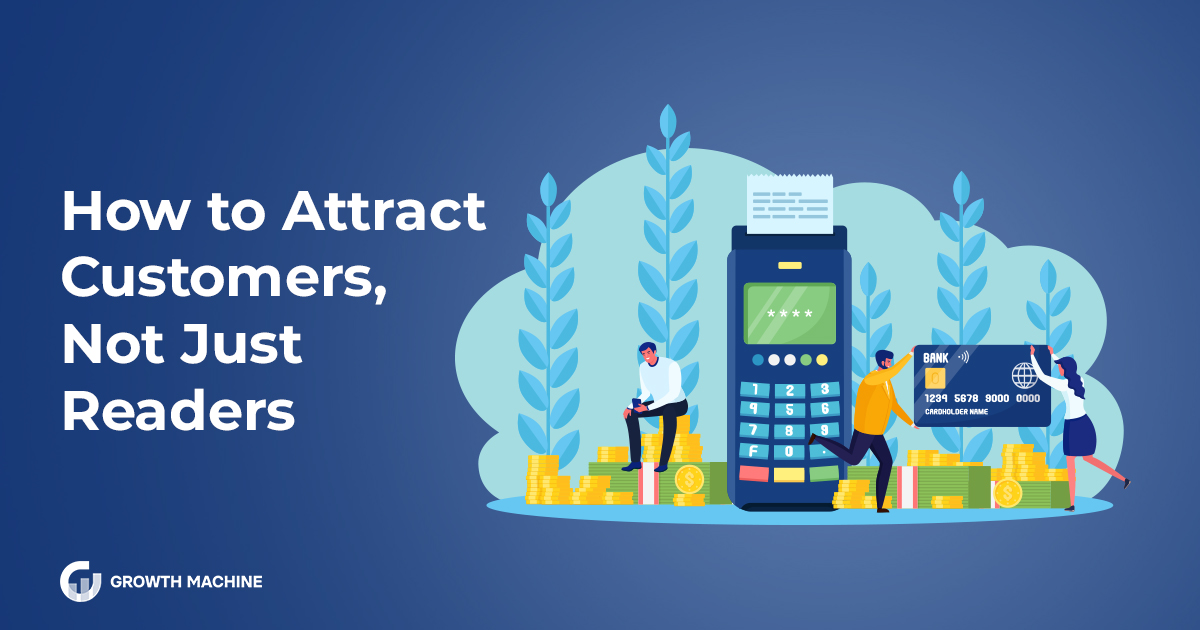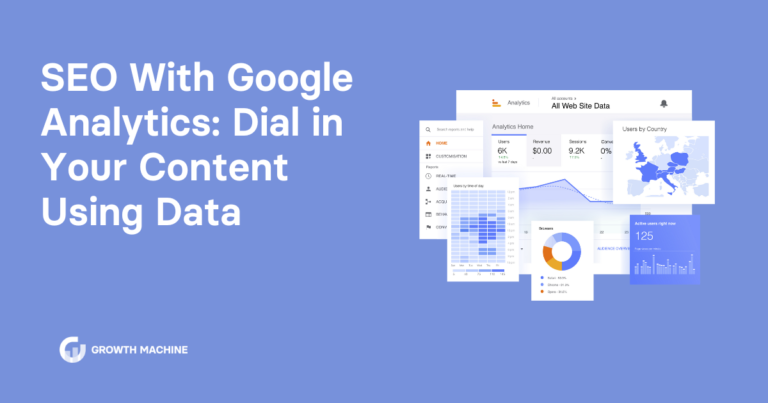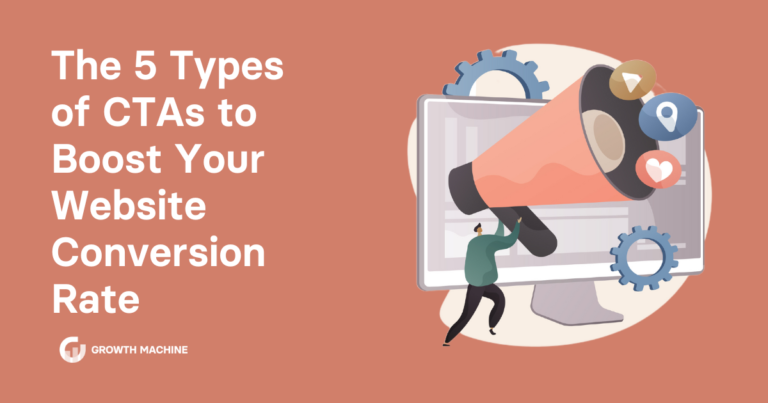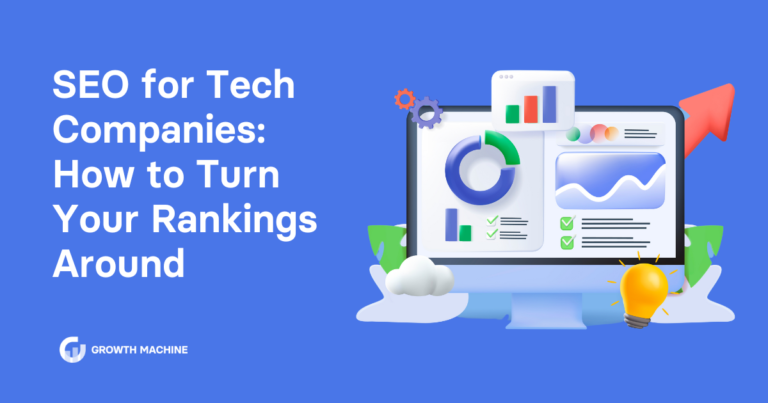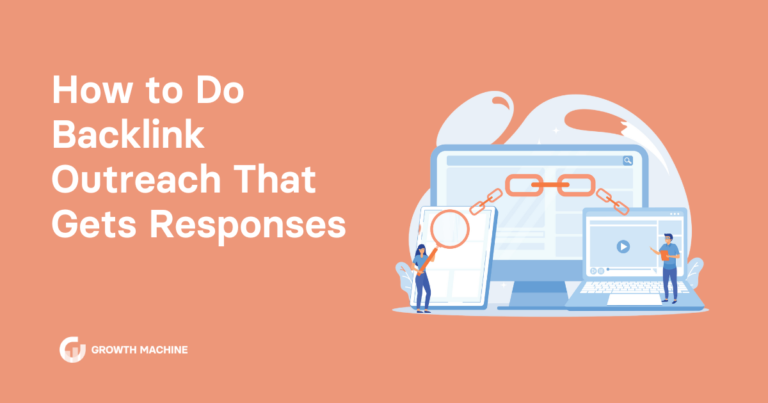How to Attract Customers, Not Just Readers
Think about your most successful pieces of content.
It might be a blog post that drives a crazy amount of traffic to your site. An “ultimate guide” that serves as a lead magnet to your email list. Or it’s an article that results in lots of customers buying your product.
Whether you’re a consumer-focused company or you offer a B2B solution, you need to have a conversion-focused content strategy. And your most popular blog posts might not be driving your customers to purchase.
But having a conversion-focused content strategy doesn’t mean you need to sacrifice traffic goals. We usually recommend a two-pronged approach to content:
- Traffic goals: Creating content that brings people to your website
- Conversion goals: Creating sales-focused content that drives people toward purchase
When you’re prioritizing traffic goals, you’ll go after high-volume keywords, or keywords that people are often searching for. When you’re focused on conversion goals, you’re usually going for long-tail keywords, or longer, more specific key phrases that may drive users to purchase.
When done right, conversion-driven content educates your prospects on the solutions to their problems and compels them to buy your product in a way that isn’t spammy.
After all, no one likes being sold to. But everyone likes their problems being solved.
Below, we’ll cover ways to figure out your customers’ needs, frameworks for conversion-focused content, and some initial tactics so you can get started right away.
But if you want this learn this in a visual format, check out our YouTube video below:
Uncover the True Customer Needs
Here’s an example from Cup & Leaf: One of our most popular articles was about green tea shots, “Toast to the Good Life With a Healthy Green Tea Shot.”
That topic is informational. Not exactly the kind of article that would convince someone to buy.
But once we started going after keywords that addressed specific pain points, we ended up getting 300% more sales from SEO. Those keywords were:
- Best tea for weight loss
- Best tea for sleep
- Best tea for an upset stomach
These were all search terms that related to specific problems that a reader or tea enthusiast would search for.
Here’s another example from one of our clients: Many users land on their website because of their wine tasting guide. But many users buy their wine after reading an article about how their wine is different from all the other wines on the market.
You don’t always need to publish problem-solving content based on users’ search terms. You can also focus on your product or service’s key differentiators, especially if you’re in B2B and your sales team distributes much of your content. The point is to create content that makes it clear why people should buy from you.
Here are three questions to help you pinpoint your customers’ needs:
Who is your ideal customer?
This is where buyer personas come in handy. Being as specific as possible, define who your ideal customer is. Describe a semi-fictional person based on market research and actual data about your existing customers. This description should include:
- What your customer’s lifestyle is like
- What kind of purchase power they have
- How much they’re likely to spend on your product or service
- In the case of B2B, your buyer persona should also include job function and title, team size, and company size
All this gives you a clear picture of who your reader is.
When would a customer choose you over your competitors?
Backwards engineer your competitive edge. Think about how you’re different from the competition in a way that’s useful to your ideal buyer. Do you have a 90-day return policy? Do you offer a 30-day free trial of your software when most of your competitors offer a 7-day free trial or none at all?
I recently set up a side project using a WordPress managed host. In deciding between Kinsta and WP Engine, the articles from the top five Google Search results were overwhelming: price comparison sheets, technical spec breakdowns, performance of content delivery networks.
It was clear both managed hosts are great options, and many people would say that generally speaking, you can’t go wrong with either. But I ended up choosing WP Engine because they offer 24/7 chat for customer support.
I’m not a web developer, so knowing that if I have a problem and can frantically chat with their customer support at midnight was the deciding factor for me.
This could be an opportunity for WP Engine to create content about the importance of 24/7 support in choosing managed hosts or website tools. Sure, they won’t rank number one for a high-volume search term like “24/7 customer support.” But they might be able to rank well for a long-tail keyword like “24/7 customer support for managed host.”
What would solve a customer’s problem rather than pique their interest?
You could even reframe this question into SEO-speak: What are our most valuable long-tail keywords?
In the Cup & Leaf example, we began to prioritize keywords that would solve problems instead of explain an interesting aspect about tea.
In our wine client’s example, the blog post that leads to sales is focused on the topic of wine for people with dietary preferences.
Taking the time to answer these three questions should ultimately reduce friction in the decision-making process and make it easier for customers to choose you.
Try These Frameworks for Conversion-Focused Content
Some of the most common successful conversion-focused content we see falls in one of the below categories:
Use cases
Our Cup & Leaf and wine client examples fall under this category. These examples describe specific instances in which a customer would use these products.
This approach also works well for B2B companies. For example, Gong, the makers of an artificial intelligence platform that provides data about sales calls and emails, has blog content that explains what you as a customer would get from using their product — without being pushy about buying their product.
Gong’s blog post, “The #1 Signal All Winning Deals Have In Common” explains that a prospect’s email velocity is one of the strongest indicators they’ll become a customer. This is the type of information you would only learn about your sales process if you had their product.
Comparison posts
Both Kinsta and WP Engine have this kind of content on their websites. They both thoroughly explain why you should choose their product over the other’s. They do this through feature comparisons, price comparisons, charts, and testimonials.
This is an especially useful tactic if you have close competition. Round up all your competitors in one article, explain how you’re similar and how you’re different, show price comparisons, and cover all the information a customer would need to make a decision.
Buyer’s guide
A buyer’s guide can be a blend of use case and comparison posts, but you don’t need to include the competition. An effective buyer’s guide can include companies that are similar to yours but are not competitors.
One of my most popular posts when I worked at Liftopia was a holiday gift guide for skiers and snowboarders. We gave recommendations for different kinds of gloves, a lightweight plastic flask, and of course, a Liftopia gift card so customers could buy lift tickets. This was a nice way to give some love to our favorite ski and snowboard brands, while also promoting our own product in a way that’s useful to readers.
Black Friday and Cyber Monday are just around the corner. So here’s an idea: Write a buyer’s guide that shows how customers might use your products in the winter — maybe for the holiday season or for the new year — and announce your special deal along with your killer customer service policy.
How it should work
This framework is best suited for B2B companies, especially those that are software-as-a-service (SaaS) ones. You explain what the ideal software is like, how onboarding should be, or what your key buyer should expect from customer service.
Put another way, take all the awesome things about your company, and explain this to your potential customers in either a generic or specific way.
Zendesk, the customer service software company, has a lot of content like this. They offer advice on anything from how to best handle customer complaints to setting up customer portals. While they obviously apply to Zendesk customers, non-customers can benefit from the information as well.
We also have one of these articles.
Our blog post on how we run Growth Machine — how we handle client projects and what makes us unique — falls under this category. We get pretty detailed about how we manage client relationships, how we’re different from our competitors, and what our project management is like. But we do this through the lens of what an ideal content vendor relationship should look like.
Start Making Conversion-Focused Content
Now that you’re armed with the knowledge of conversion-focused content, here are three action items for you to do today:
Do this minor hack: Look at your top-performing posts and add a simple call to action (CTA) to drive purchase. This can be a short sentence at the bottom of the post that says, “If you’re interested in trying our product, use the code YAY10 at checkout to save 10%.” This could give a small sales boost while you create the conversion-focused content.
Make it easy for customers to convert: When you publish your conversion-focused content, make it super easy for your customers to purchase by going beyond linking in-line text. Use a visual call-out or designed module that makes it clear what your customers can buy.
Ask your sales team: Especially for B2B teams, ping your sales team and ask them about the tough questions your prospects ask, then try to answer these questions or solve these problems with your content.
If you need more strategic guidance, contact us and we can get started on refocusing your content efforts to drive conversions. We’ll come up with a plan and create the content for you.

